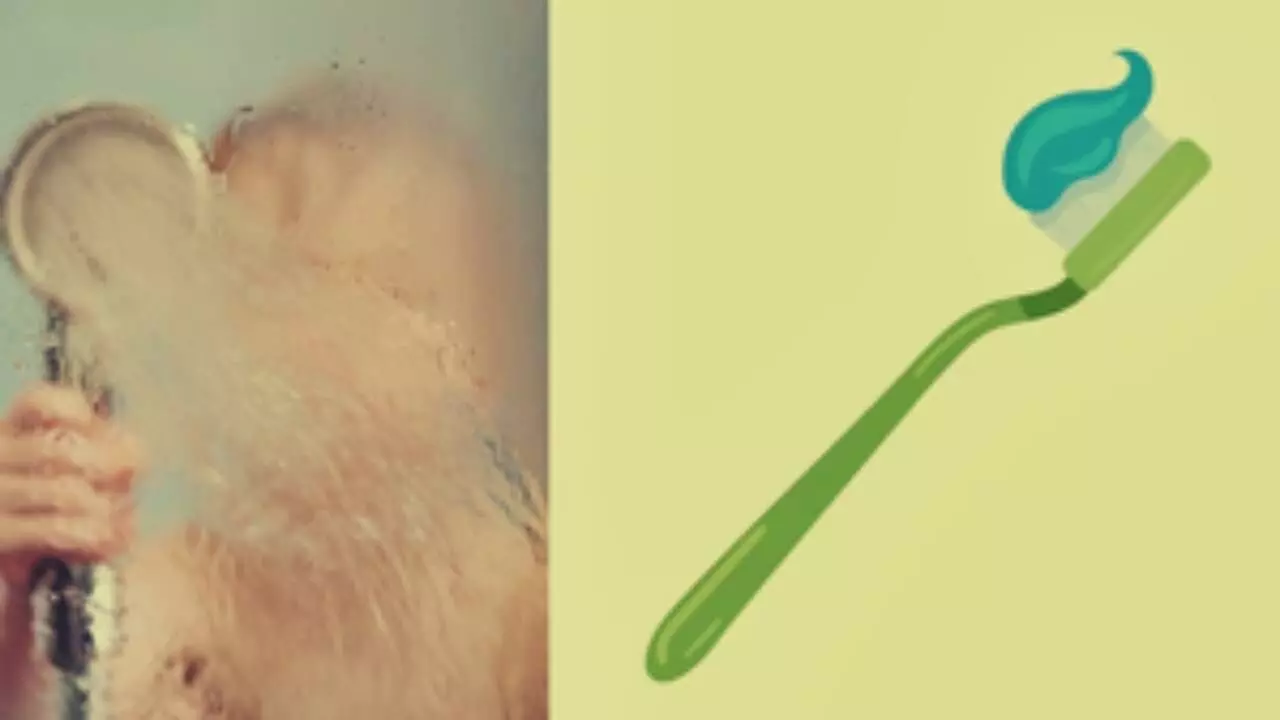Study finds over 600 different viruses from shower heads, toothbrushes
Showerheads and toothbrushes in your bathroom are teeming with an extremely diverse collection of viruses -- most of which have never been seen before, warned a study on Wednesday.
image for illustrative purpose

New Delhi, Oct 9: Showerheads and toothbrushes in your bathroom are teeming with an extremely diverse collection of viruses -- most of which have never been seen before, warned a study on Wednesday.
A team of microbiologists from Northwestern University in the US, identified more than 600 different viruses from samples collected from shower heads and toothbrushes. Surprisingly, no two samples were alike
The good news, the researchers said, is that these viruses do not target people. They target bacteria.
The microorganisms collected in the study are bacteriophage, or “phage,” -- a type of virus that infects and replicates inside of bacteria.
While little is known about them, phage recently have garnered attention for their potential use in treating antibiotic-resistant bacterial infections.
The previously unknown viruses lurking in our bathrooms could become a treasure trove of materials for exploring those applications, revealed the study published in the journal Frontiers in Microbiomes.
“The number of viruses that we found is absolutely wild,” said indoor microbiologist Erica M. Hartmann, from Northwestern, who led the study.
“We found many viruses that we know very little about and many others that we have never seen before. It’s amazing how much untapped biodiversity is all around us. And you don’t even have to go far to find it; it’s right under our noses,” Hartmann, an associate professor of civil and environmental engineering at Northwestern.
Hartmann used DNA sequencing to examine the viruses living on those same samples, and found “no overlap in virus types between showerheads and toothbrushes”.
“We also saw very little overlap between any two samples at all. Each showerhead and each toothbrush is like its own little island. It just underscores the incredible diversity of viruses out there,” Hartmann said.
While they found few patterns among all the samples, Hartmann and her team did notice more mycobacteriophage than other types of phage.
Mycobacteriophage is known to infect mycobacteria -- a pathogenic species that causes diseases like leprosy, tuberculosis and chronic lung infections. According to Hartmann, researchers may someday harness mycobacteriophage to treat these infections and others.
“We could envision taking these mycobacteriophages and using them as a way to clean pathogens out of your plumbing system,” she said. “We want to look at all the functions these viruses might have and figure out how we can use them.”
Most microbes ‘will not make us sick’, said Hartmann, asking people to not panic.
Instead of grabbing for bleach, people can soak their shower heads in vinegar to remove calcium buildup or simply wash them with plain soap and water, she said, while suggesting regularly replacing toothbrush heads.
“Microbes are everywhere, and the vast majority of them will not make us sick,” she said. “The more you attack them with disinfectants, the more they are likely to develop resistance or become more difficult to treat. We should all just embrace them.”

